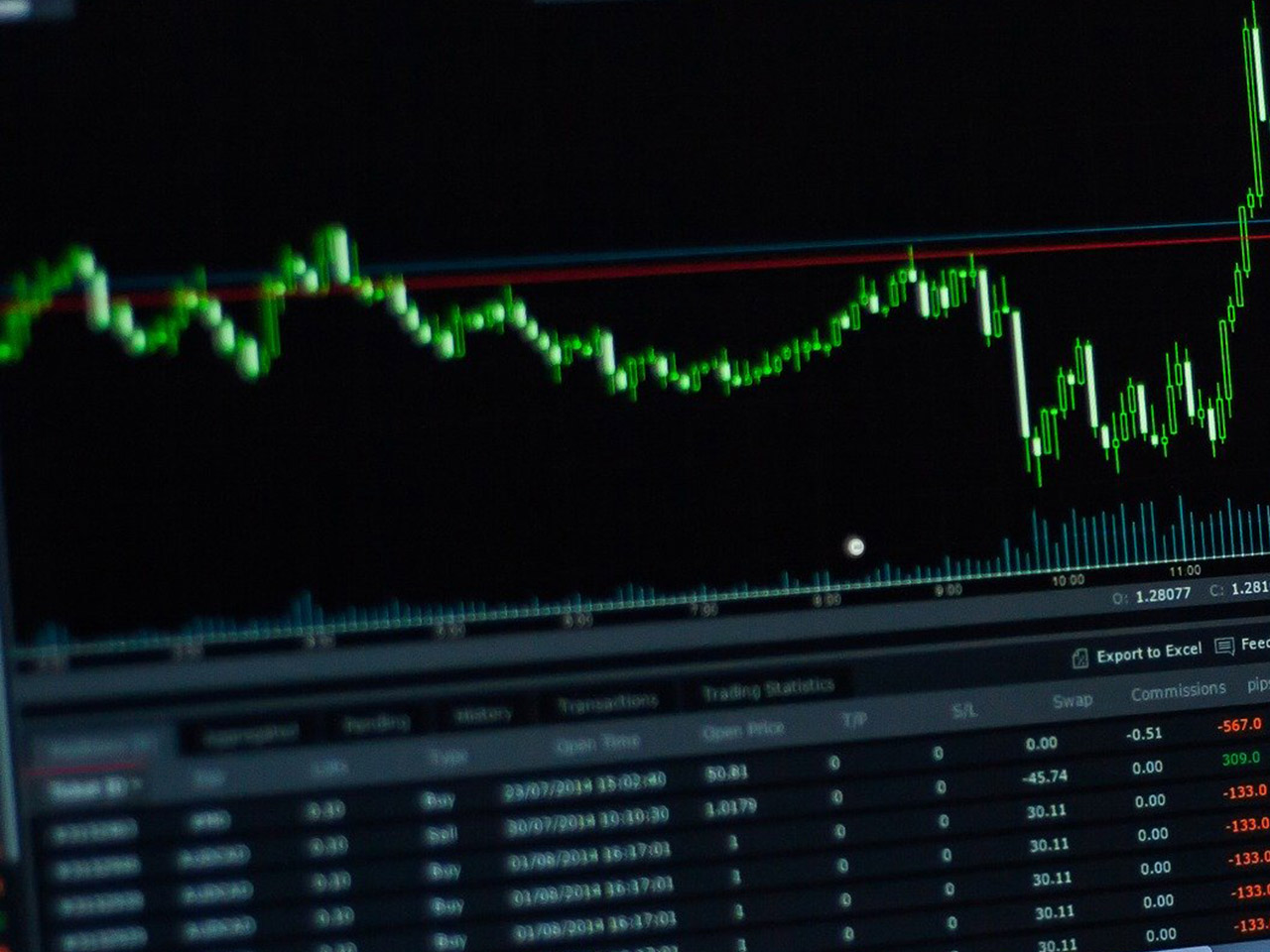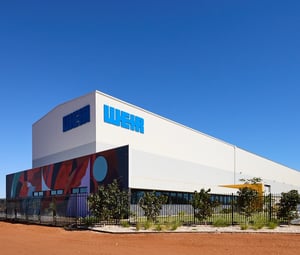Severn Trent PLC (LSE: SVT.L), a stalwart in the UK’s regulated water industry, commands a significant presence with its market capitalisation standing at approximately $8.09 billion. As a key player in the utilities sector, Severn Trent provides essential water and wastewater services to around 4.7 million households and businesses, while also diversifying its operations into renewable energy and property development.
Currently, Severn Trent’s shares are traded at 2,690 GBp, consistent with its recent performance, reflecting a 0.00% change. Over the past year, the stock has seen a range between 27.03 GBp and 2,790.00 GBp, indicating a degree of volatility that investors in the utility sector might find noteworthy. The stock’s 50-day and 200-day moving averages, sitting at 2,652.56 GBp and 2,580.98 GBp respectively, suggest a positive trend over the medium to long term, potentially reassuring for those considering a sustained investment.
Despite its robust market presence, Severn Trent’s valuation metrics present a mixed picture. The company’s forward P/E ratio is an eye-catching 1,341.91, a figure that may raise eyebrows as it often suggests expectations of significant earnings growth or reflects market optimism. However, metrics such as PEG Ratio, Price/Book, and Price/Sales are not available, presenting a challenge for those seeking a comprehensive valuation analysis.
On the performance front, Severn Trent reported a modest revenue growth of 3.00%, a commendable feat in a regulated industry. The company’s earnings per share (EPS) stands at 0.76, with a return on equity of 12.73%, indicating efficient management of shareholder equity. However, the free cash flow figure of -£881.5 million might give potential investors pause, highlighting cash flow challenges that could impact future investment and dividend sustainability.
For income-focused investors, Severn Trent offers a dividend yield of 4.45%, although with a payout ratio of 155.47%, suggesting that the company is distributing more in dividends than its earnings, a strategy that might not be sustainable long-term unless earnings improve.
Analyst sentiment towards Severn Trent provides a varied outlook. The company has garnered four buy ratings, six hold ratings, and two sell ratings. The average target price of 2,848.50 GBp suggests a potential upside of 5.89% from current levels, which might entice those looking for modest capital gains alongside dividend income.
Technical indicators provide further insights; the Relative Strength Index (RSI) of 50.46 suggests that the stock is currently neither overbought nor oversold, maintaining a balance that reflects its recent price stability. Meanwhile, the MACD and signal line, at 10.73 and 16.99 respectively, are crucial indicators for those employing technical analysis in their investment decisions.
Severn Trent’s commitment to renewable energy and its extensive service provision to municipal and industrial clients, including prominent entities like the Ministry of Defence, underscores its strategic diversification. Founded in 1974 and headquartered in Coventry, the company’s historical resilience is perhaps its greatest asset, providing a degree of security in a sector often characterised by regulatory constraints and market stability.
Investors eyeing Severn Trent should weigh the company’s solid market position and dividend prospects against its cash flow concerns and high payout ratio. As the utility sector evolves with increasing emphasis on sustainability, Severn Trent’s strides in renewable energy could play a pivotal role in its future trajectory.




































